#marble busts
Text
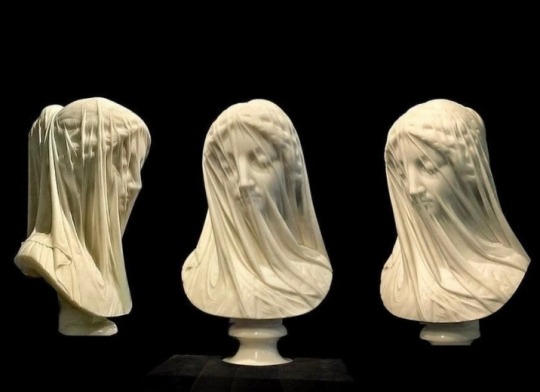
The Veiled Virgin was created by Italian sculptor, Giovanni Strazza (1818–1875), in Rome during the 1850s.
The statue appears translucent but is made completely out of Carrara marble, a material derived from Tuscany and used frequently by Italian Renaissance artists and ancient Roman builders.
In 1856, the statue was transported to Newfoundland where it was received by Bishop John Thomas Mullock (27 September 1807 – 26 March 1869).
In his diary, he wrote:
"Received safely from Rome, a beautiful statue of the Blessed Virgin Mary in marble, by Strazza. The face is veiled, and the figure and features are all seen. It is a perfect gem of art."
#Veiled Virgin#Giovanni Strazza#Carrara marble#Newfoundland#Bishop John Thomas Mullock#Blessed Virgin Mary#statue#Rome#marble#Renaissance#marble busts
57 notes
·
View notes
Text

A Roman Bust of Alexander the Great is on display at the Musei Capitolini in Rome, Italy. Travelers can explore the world of the fourth-century-B.C. Macedonian warrior king at a new museum and archaeological sites in northern Greece. Photograph By Stefano Baldini/Bridgeman Images
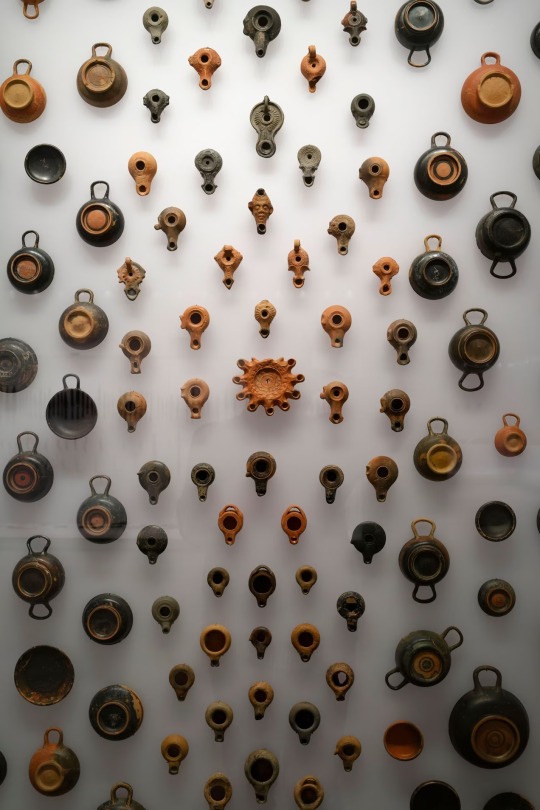
Ancient Pottery is displayed like fine art at the new Polycentric Museum of Aigai in Northern Greece. Photograph By Alexander Poeschel/Imagebroker/Alamy
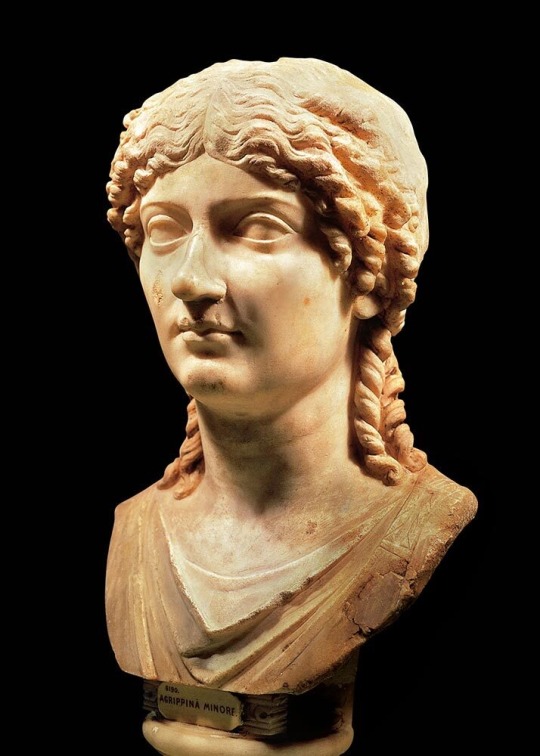
Marble Bust of Agrippina, first century A.D., from the Naples National Archaeological Museum. She didn’t play by the rules: This Roman empress was a master strategist. If she were a man, Agrippina (Pictured above) might have been one of the greatest. But the great-granddaughter of Augustus gathered enemies with her bare-knuckled move to power, and was later done in by the one man she sought to save. DEA/Album
0 notes
Text

100 Designers' Favorite Rooms, 1994
#vintage#vintage interior#1990s#90s#interior design#home decor#living room#grand piano#iron#candelabra#coffee table#marble#bronze#bust#sash curtain#house plants#McMansion#cookie cutter#style#home#architecture
505 notes
·
View notes
Text

337 notes
·
View notes
Text
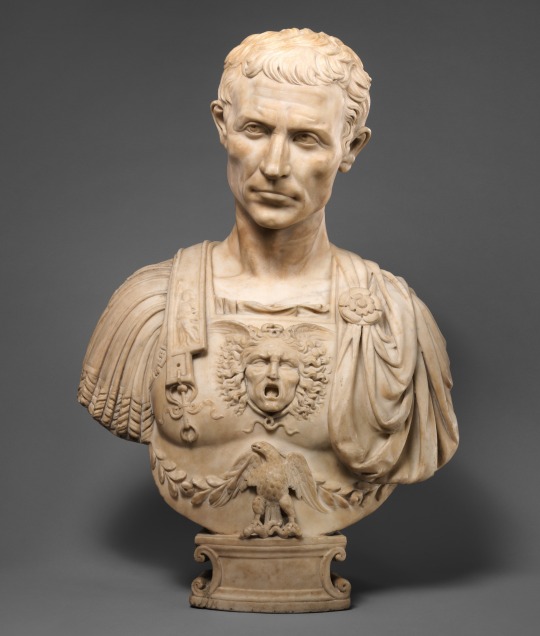

Julius Caesar by Andrea di Pietro di Marco Ferrucci
Italian (from Florence), c. 1512-1514
marble
Metropolitan Museum of Art
#Julius Caesar#Ides of March#Renaissance#Andrea di Pietro di Marco Ferrucci#art#sculpture#portrait#bust#Italian#Florentine#marble#Metropolitan Museum of Art
269 notes
·
View notes
Text
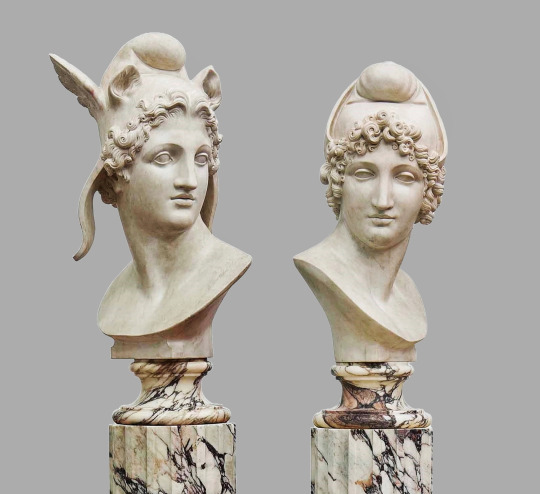
Perseus and Paris. 19th.century. Italian after Antonio Canova Italian 1757-1822. marble. http://hadrian6.tumblr.com
400 notes
·
View notes
Text



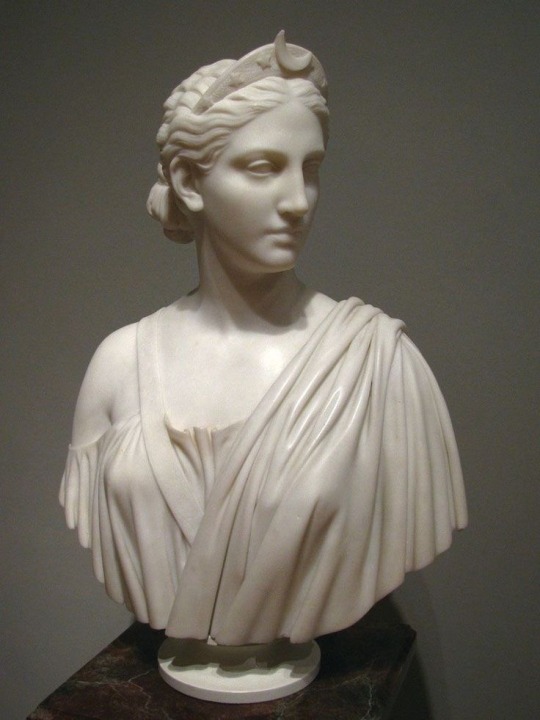
I love the subsection of marble busts/ statues that have star or some celestial ornaments in a lady’s hair. Yes two of the examples are Diana/ Artemis but for good reason Iike I’m literally obsessed.
Hiram Powers 1850 / 54. America
Giosuè Argenti (1819 – 1901) L'Immacolata
Diana, 1771, statue by Giovanni Battista
Hiram Powers, 1853, Diana
#artemis#greek bust#greek goddesses#greek sculpture#marble statue#marble bust#tagamemnon#diana goddess#roman gods#celestial
179 notes
·
View notes
Text
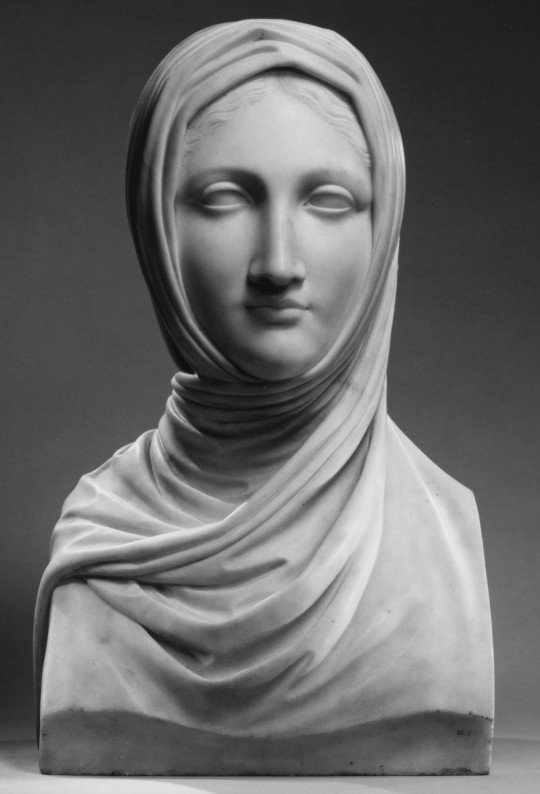
The Vestal, Antonio Canova, ca. 1819-23
#art#art history#Antonio Canova#sculpture#portrait sculpture#portrait bust#Vestal#Vestal Virgin#Neoclassicism#Neoclassical art#Italian Neoclassicism#Italian art#19th century art#marble#stonework#Metropolitan Museum of Art
225 notes
·
View notes
Text

A ROMAN MARBLE PORTRAIT BUST OF THE EMPEROR LUCIUS VERUS
ANTONINE PERIOD, LATE 2ND CENTURY A.D.
Lucius Aurelius Verus (15 December 130 – January/February 169) was Roman emperor from 161 until his death in 169, alongside his adoptive brother Marcus Aurelius. He was a member of the Nerva–Antonine dynasty. Verus' succession together with Marcus Aurelius marked the first time that the Roman Empire was ruled by more than one emperor simultaneously, an increasingly common occurrence in the later history of the Empire.
Born on 15 December 130, he was the eldest son of Lucius Aelius Caesar, first adopted son and heir to Hadrian. Raised and educated in Rome, he held several political offices prior to taking the throne. After his biological father's death in 138, he was adopted by Antoninus Pius, who was himself adopted by Hadrian. Hadrian died later that year, and Antoninus Pius succeeded to the throne. Antoninus Pius would rule the empire until 161, when he died, and was succeeded by Marcus Aurelius, who later raised his adoptive brother Verus to co-emperor.
As emperor, the majority of his reign was occupied by his direction of the war with Parthia which ended in Roman victory and some territorial gains. In the spring of 168 war broke out in the Danubian border when the Marcomanni invaded the Roman territory. This war would last until 180, but Verus did not see the end of it. In 168, as Verus and Marcus Aurelius returned to Rome from the field, Verus fell ill with symptoms attributed to food poisoning, dying after a few days (169). However, scholars believe that Verus may have been a victim of smallpox, as he died during a widespread epidemic known as the Antonine Plague.
Despite the minor differences between them, Marcus Aurelius grieved the loss of his adoptive brother. He accompanied the body to Rome, where he offered games to honour his memory. After the funeral, the senate declared Verus divine to be worshipped as Divus Verus.
#A ROMAN MARBLE PORTRAIT BUST OF THE EMPEROR LUCIUS VERUS#ANTONINE PERIOD#LATE 2ND CENTURY A.D.#marble#marble bust#ancient artifacts#archeology#archeolgst#history#history news#ancient history#ancient culture#ancient civilizations#ancient rome#roman history#roman empire#roman emperors#roman art
162 notes
·
View notes
Text

Over-lifesize bust of Ajax
After the antique, attributed to the workshops of Benedetto Boschetti
#ajax#bust#art#marble#benedetto boschetti#antique#trojan war#epic cycle#the iliad#iliad#greek mythology#europe#european#history#mythology#sculpture#sculptures#antiquity#classical antiquity#ancient greece#ancient greek
473 notes
·
View notes
Text
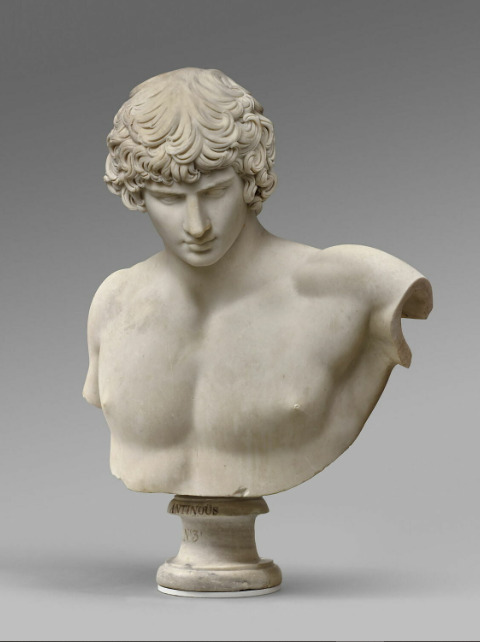
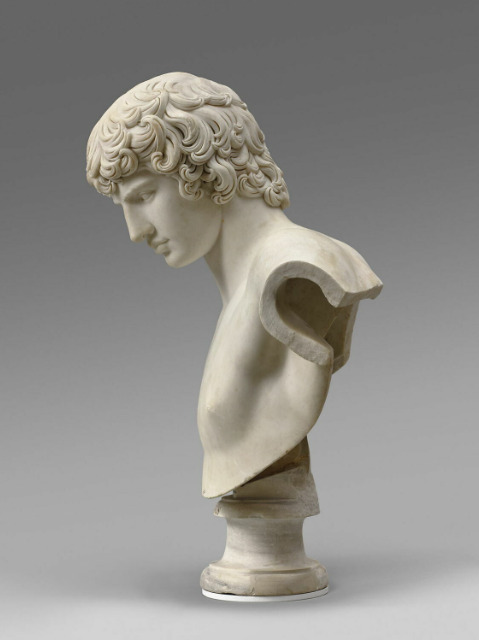
Antinous, XVIII century
#louvre museum#antinous#art history#art#aesthethic#xviii century#ancient rome#roman empire#emperor hadrian#hadrian#marble#bust#statue#homoerotic art#gay history#antiquity
138 notes
·
View notes
Photo
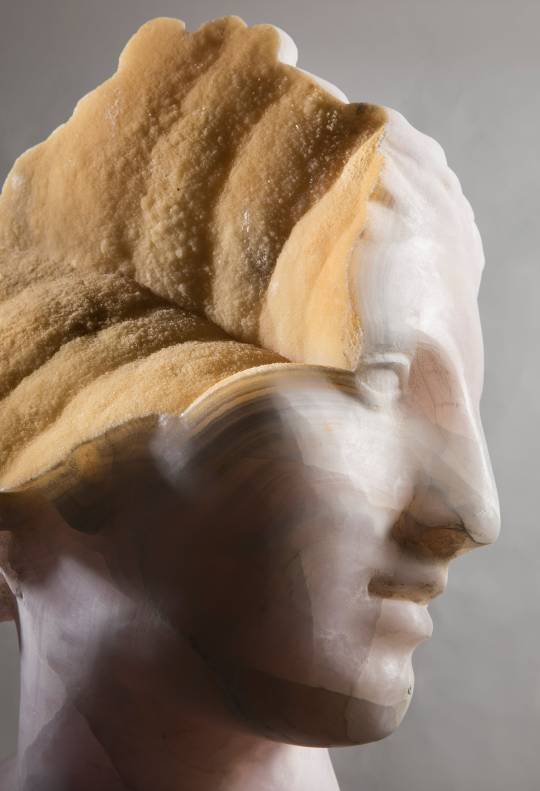
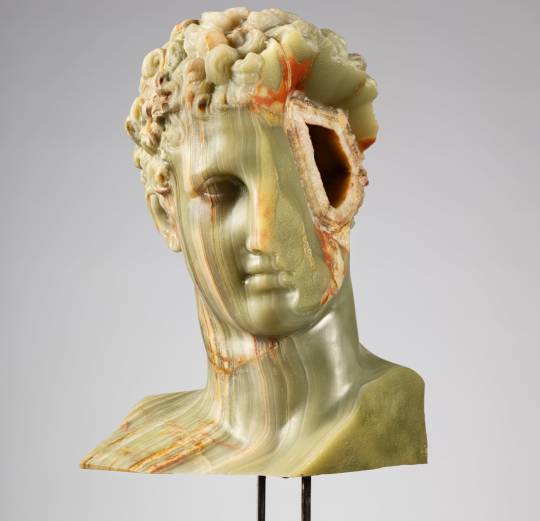
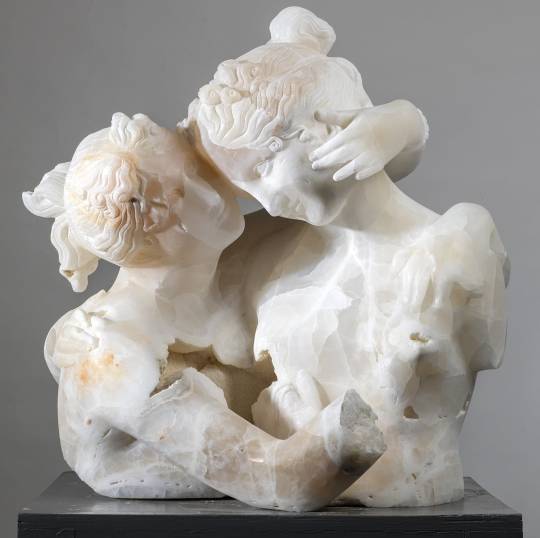
Elegantly Sculpted Busts by Massimiliano Pelletti Interpret Art History Through Imperfection
2K notes
·
View notes
Text

He was very tall and extremely pale, with an unshapely body, but very thin neck and legs. His eyes and temples were hollow, his forehead broad and grim, his hair thin and entirely gone on the top of his head, though his body was hairy. Because of this to look upon him from a higher place as he passed by, or for any reason whatever to mention a goat, was treated as a capital offence. While his face was naturally forbidding and ugly, he purposely made it even more savage, practising all kinds of terrible and fearsome expressions before a mirror.
Suetonius: Life of Caligula
It's probably the empty eye-sockets that do it but I have always felt that this cast bronze portrait captures the spirit of Caligula, the mad emperor as the stories paint him. I wouldn't say he was ugly though, Suetonius.
#his marble busts make his looks softer imo#caligula#gaius julius caesar augustus germanicus#emperor gaius#gaius caligula#ancient rome#roman empire#ancient history#julio claudian dynasty#ancient art#bronze bust#ancient civilisations#bronze sculpture#suetonius
82 notes
·
View notes
Text

Interior Visions: Great American Designers and the Showcase House, 1988
#vintage#vintage interior#1980s#80s#interior design#home decor#greenhouse#conservatory#marble#bust#furniture#Korean maple#rhododendron#checkered floor#classical#style#architecture#garden
1K notes
·
View notes
Text
The funniest detail in "Resolve" is that Sherman is shown to keep his abacus on a hook by the front door of his apartment. Meaning it's apparently something of a convention in the Highest Light to keep your abacus in roughly the same location as your coat or keys, and that Jonas Spahr, known pretentious asshole, decided on the most EXTRA possible way to do this
#spahr just out here#storing his abacus on a marble bust#while sherman has his on a hook#like a normal person#midst#midst podcast#midst spoilers#jonas spahr#sherman guthrie
59 notes
·
View notes
Text

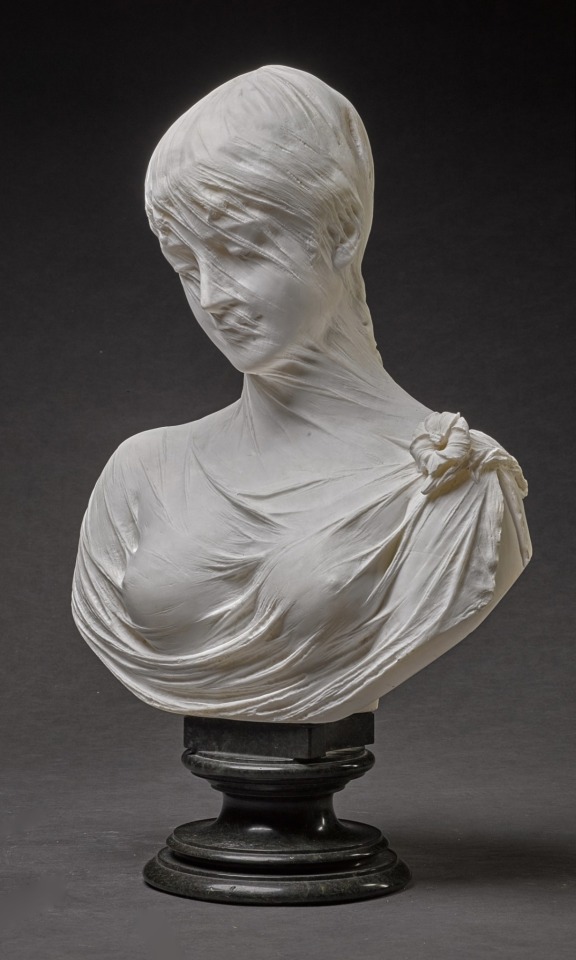
Cesare Lapini: Bust of a Veiled Woman (1886)
340 notes
·
View notes